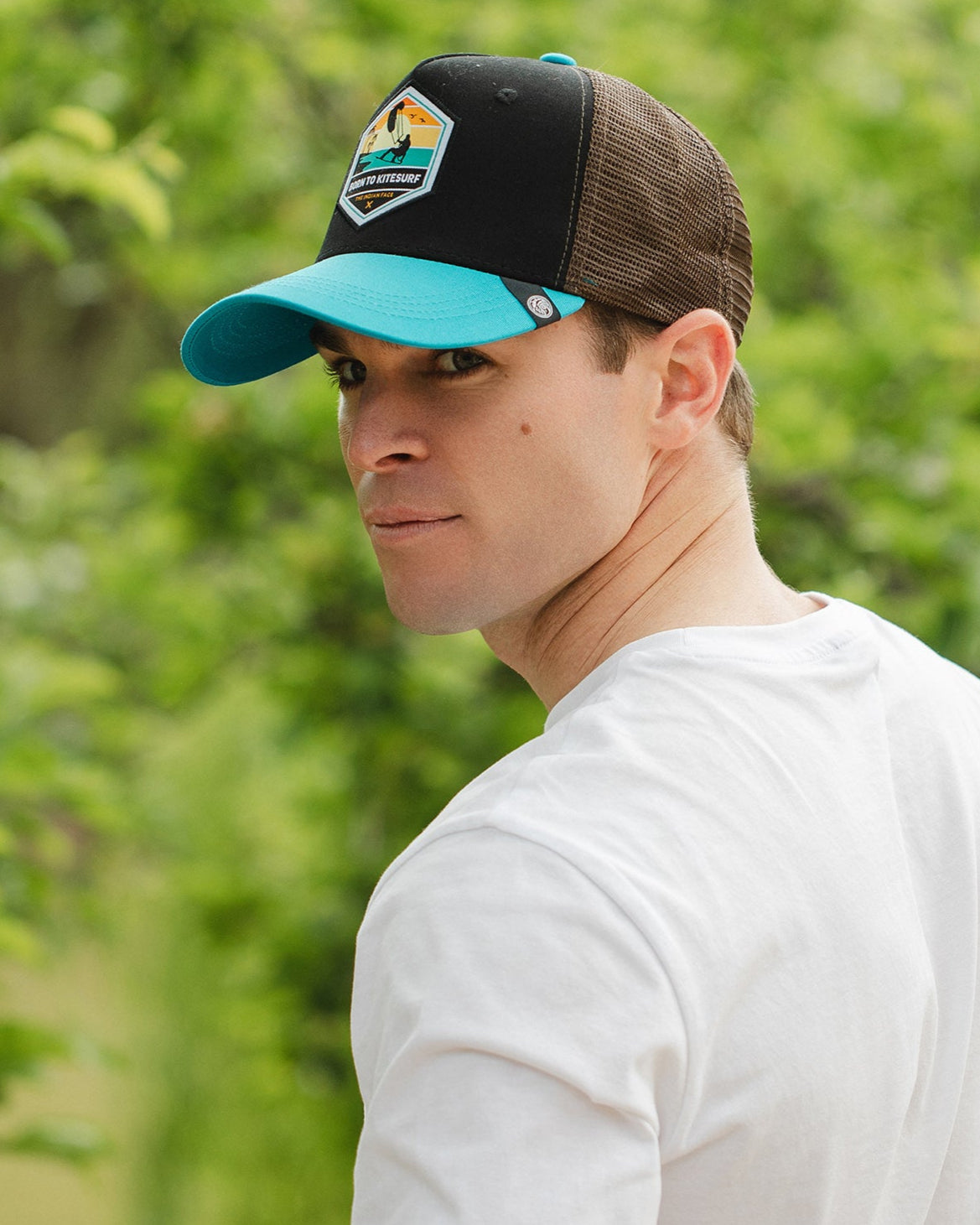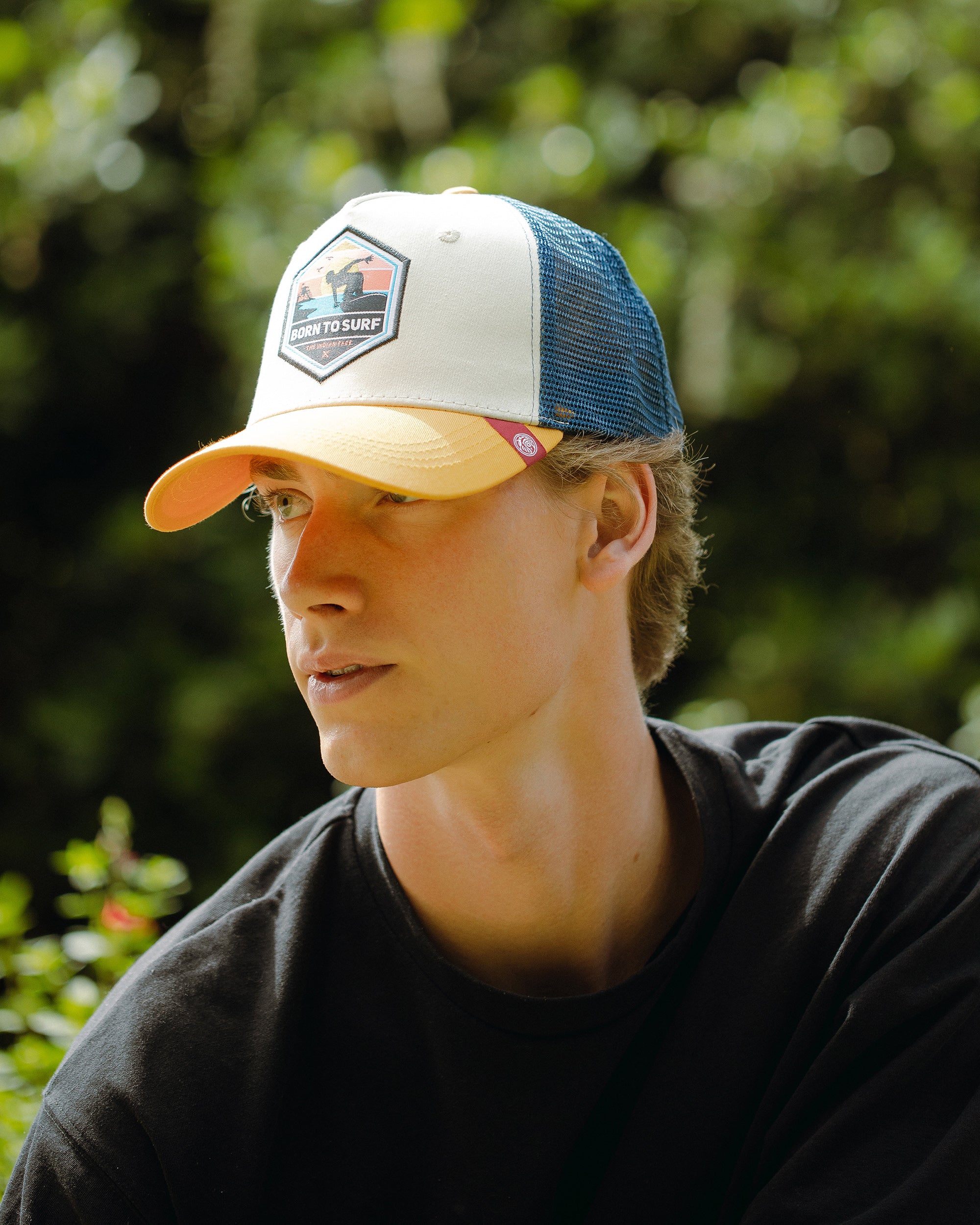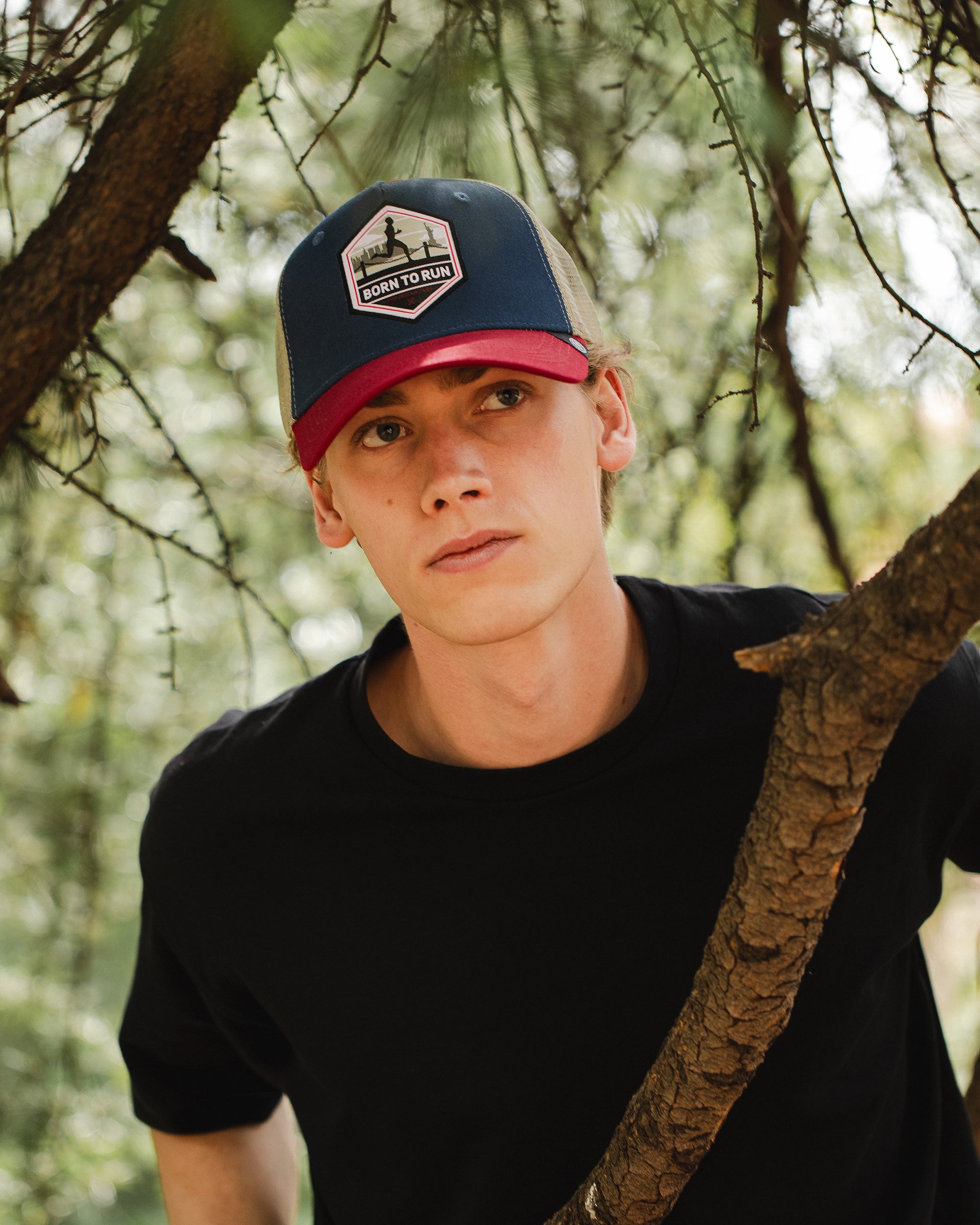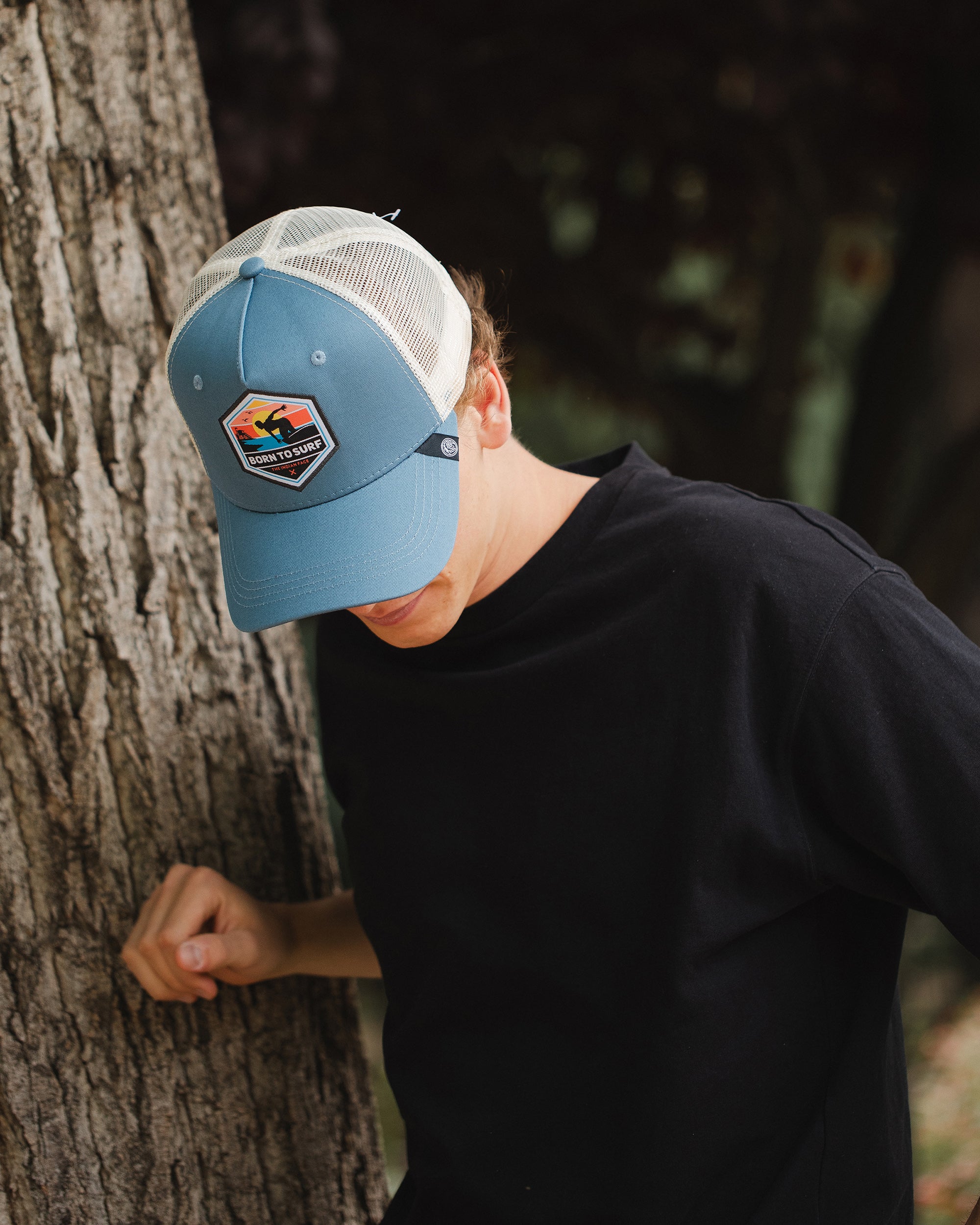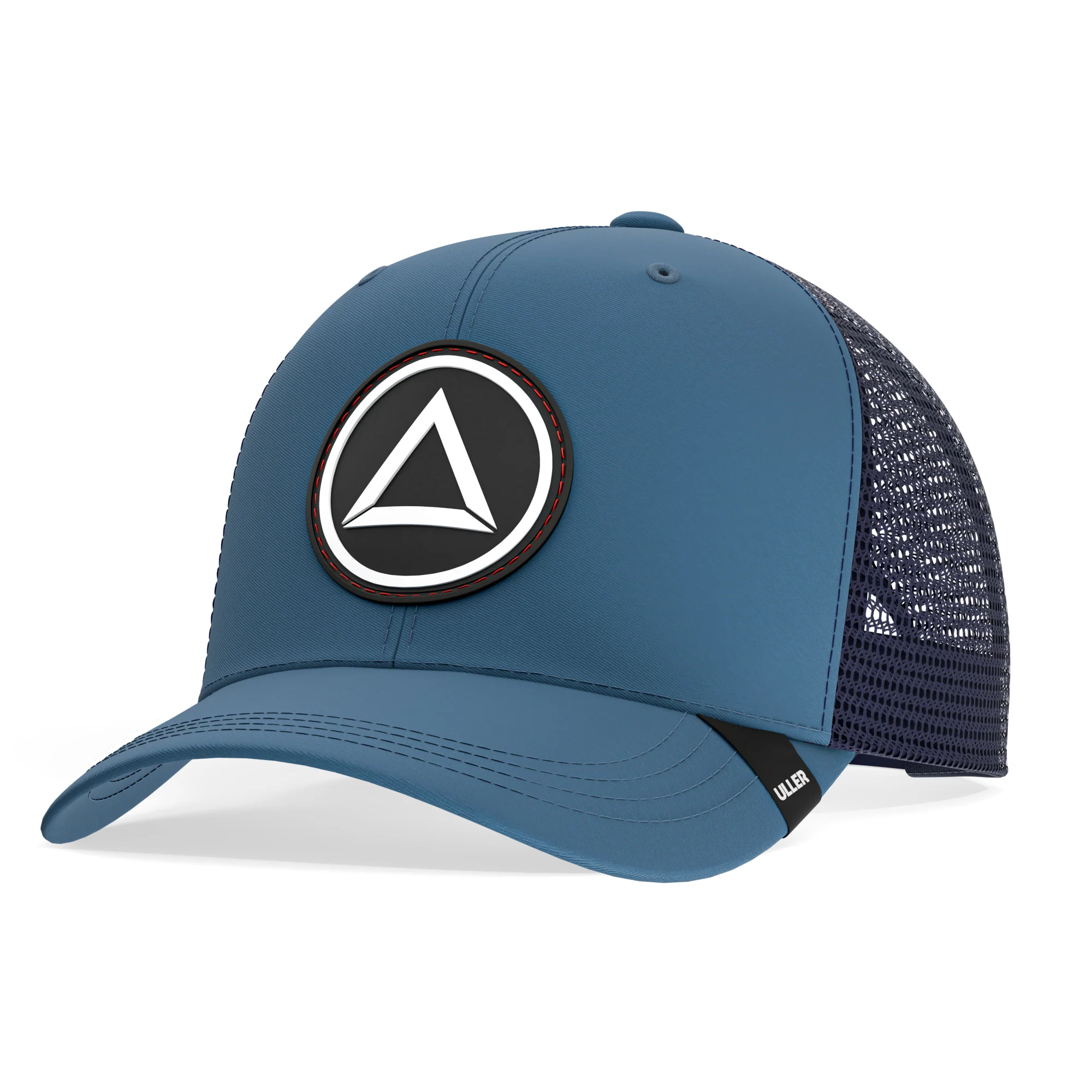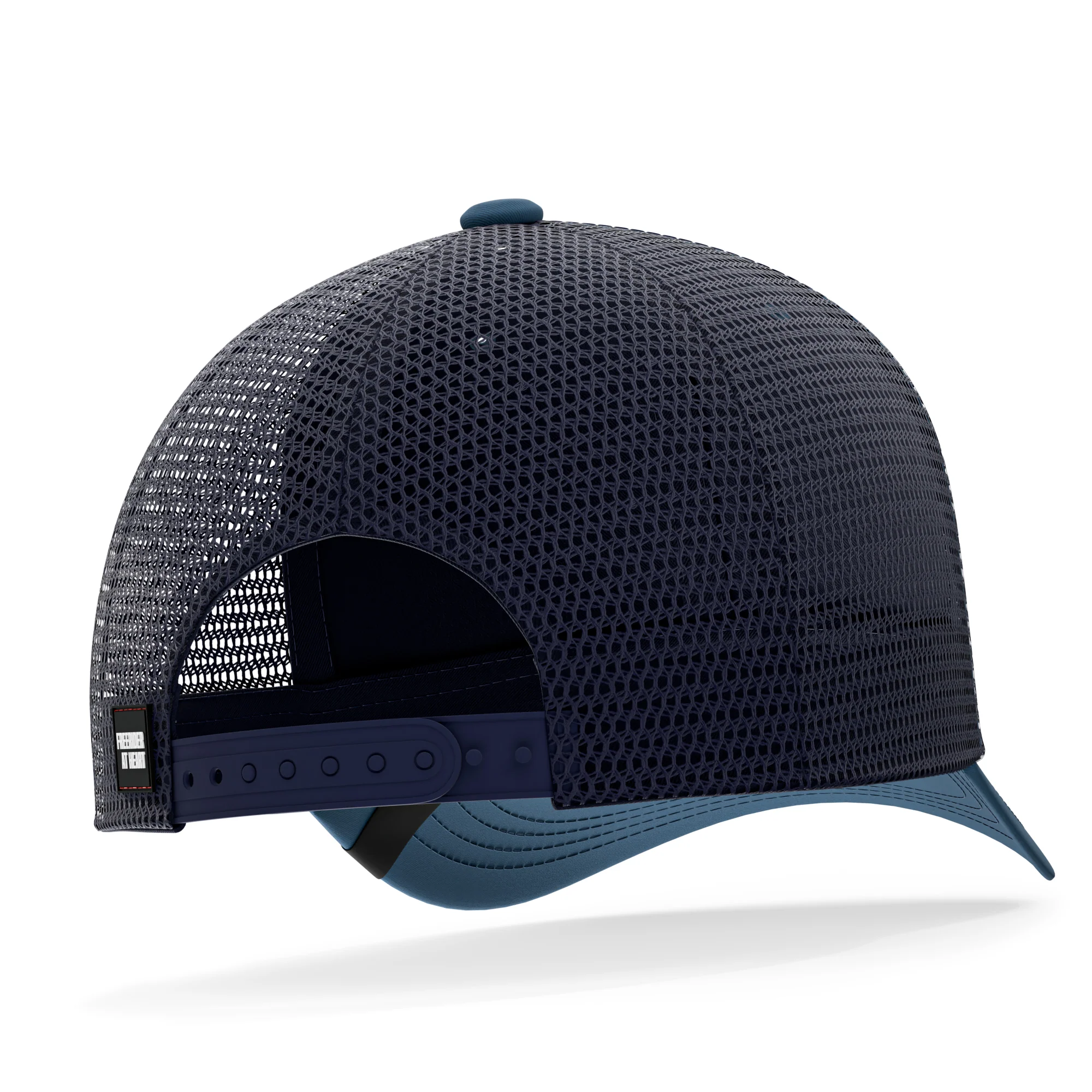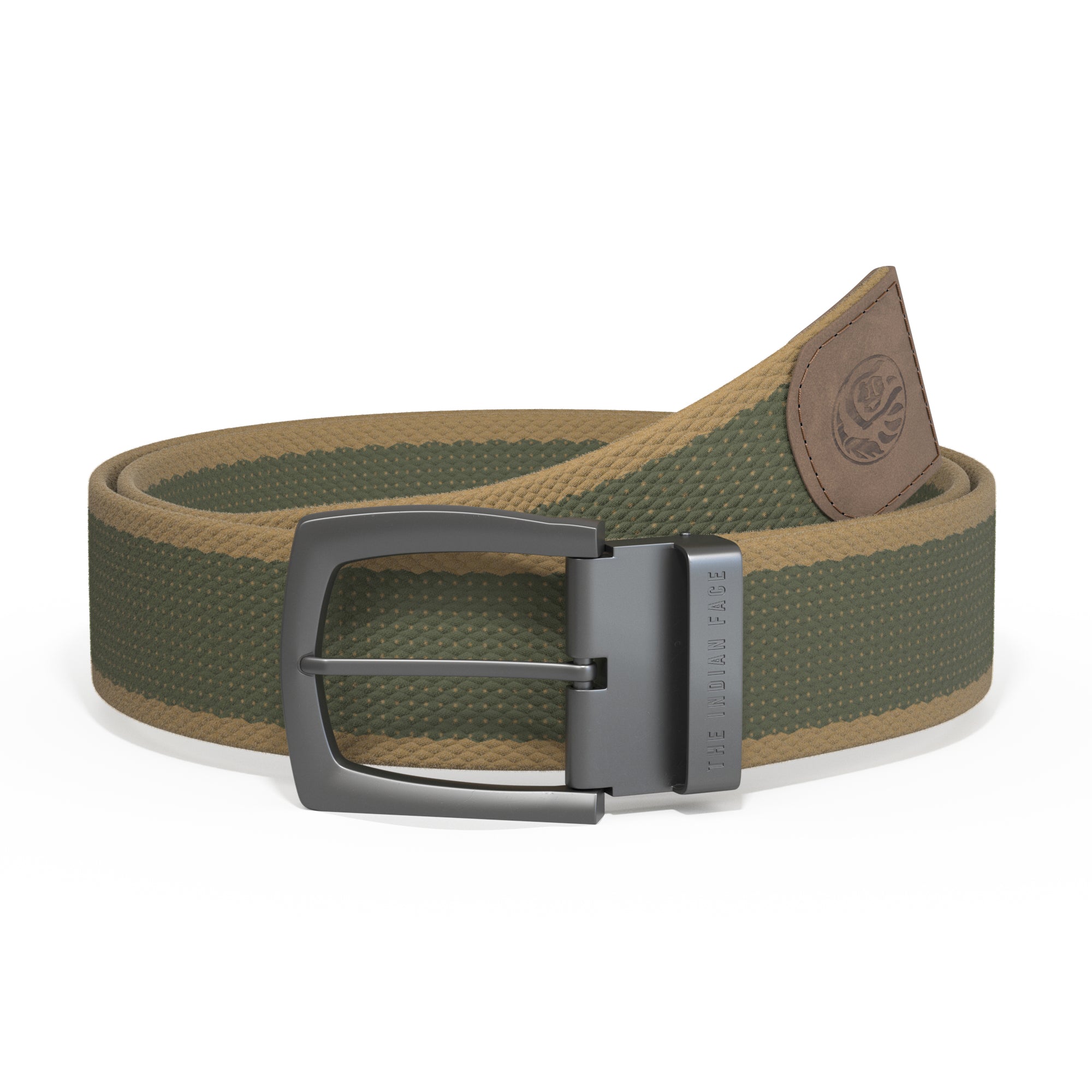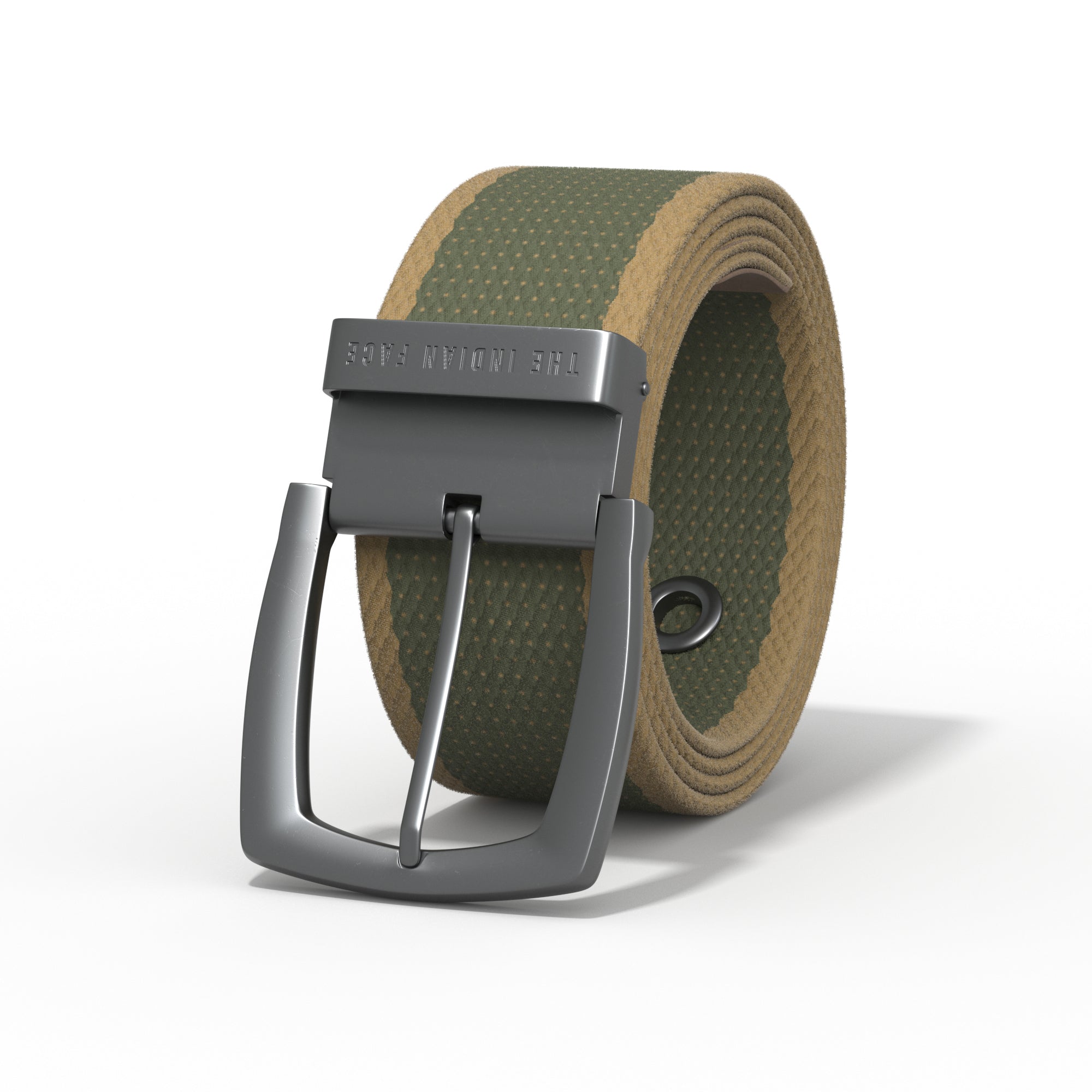skateboarding is more than a sport; It is a form of expression, a community, and a passion that can take you places you never imagined. However, for those who are just starting out in this exciting world, the first steps can seem intimidating. In this article, we'll explore the basics of skateboarding, from how to stay upright on the board to some of the most basic but essential tricks to help you get started on your skateboarding journey.
The fundamentals of Skateboarding: foundations of a passion
Skateboarding, more than just a sport, is a culture that has captivated millions of people around the world. From its humble beginnings on the streets of California in the 1950s, skateboarding has evolved into a global phenomenon that encompasses multiple aspects of modern life. It is not just about performing tricks and stunts on a board, but rather a form of personal expression, overcoming limits and connecting with a diverse and passionate community. As skateboarding has grown in popularity, so has its influence on music, art, fashion, and youth culture in general. From punk to hip-hop, skateboarding has been a source of inspiration for countless cultural movements, fusing styles and attitudes in unique ways.

Importance of learning the basic steps
Mastering the basic steps of skateboarding is like building a solid foundation for a house: it is essential for growth and progression in the sport. Learning to stand correctly on the board, control your balance and move with confidence are fundamental skills that every skater must master from the beginning. These basic steps not only establish a good technical foundation, but also help prevent injuries by developing a solid understanding of how to interact with the board and the surrounding environment.
The history and evolution of Skateboarding
Skateboarding has its roots in the 1950s in the United States, when surfers were looking for ways to recreate the surfing experience on dry land during days without waves. Using wooden boards with metal wheels, these pioneers began experimenting with moves and stunts, leading to the birth of modern skateboarding.
As skateboarding gained popularity, it became a form of expression for youth, especially in urban communities. The 1970s marked a turning point with the creation of the first competitions and the emergence of iconic skate brands. In the following decades, skateboarding continued to evolve, incorporating new techniques, styles and culture, influencing fashion, art and music.
Today, skateboarding is recognized as an Olympic sport and an ever-evolving art form. The skate community remains tight-knit and diverse, with skaters of all ages, genders and abilities sharing a common passion for gliding on four wheels.
Standing up on the skateboard: start from 0
Before embarking on the exciting adventure of skateboarding, it is crucial to learn the basic fundamentals of standing correctly on the board. Here we offer you a detailed guide to take your first steps in skateboarding:
- Regular or goofy stance: The first step is to determine if you are a regular or goofy skater. This distinction refers to the position in which you feel most comfortable with your front foot on the board. To find out, simply stand on a slippery surface and see which foot you put on first when you fall. If it is the left, you are regular; If it's right, you're goofy. This discovery will help you establish a solid foundation for your future skateboarding practices.
- Foot position: Once you have identified your style, it is time to learn the proper position to maintain balance on the board. Place your front foot slightly tilted forward, with the toe facing the nose of the board. Your back foot should be perpendicular to the board, with your toes hanging slightly over the edge. This arrangement provides stability and control as you move on the board.
- Weight distribution: One of the biggest challenges when starting out in skateboarding is learning to maintain balance while moving. To achieve this, distribute your weight evenly between both feet. Be sure to keep your knees slightly bent to allow for quick adjustments and maintain greater stability. Practice this weight distribution to gain confidence and control on the board.
- Relaxed posture: It is crucial to maintain a relaxed posture while skating. Keep your shoulders relaxed and your gaze forward, focused on the horizon. Avoid tensing your body, as this can interfere with your balance and your ability to make fluid movements on the board. A relaxed posture will help you feel more comfortable and confident while you ride your skate.
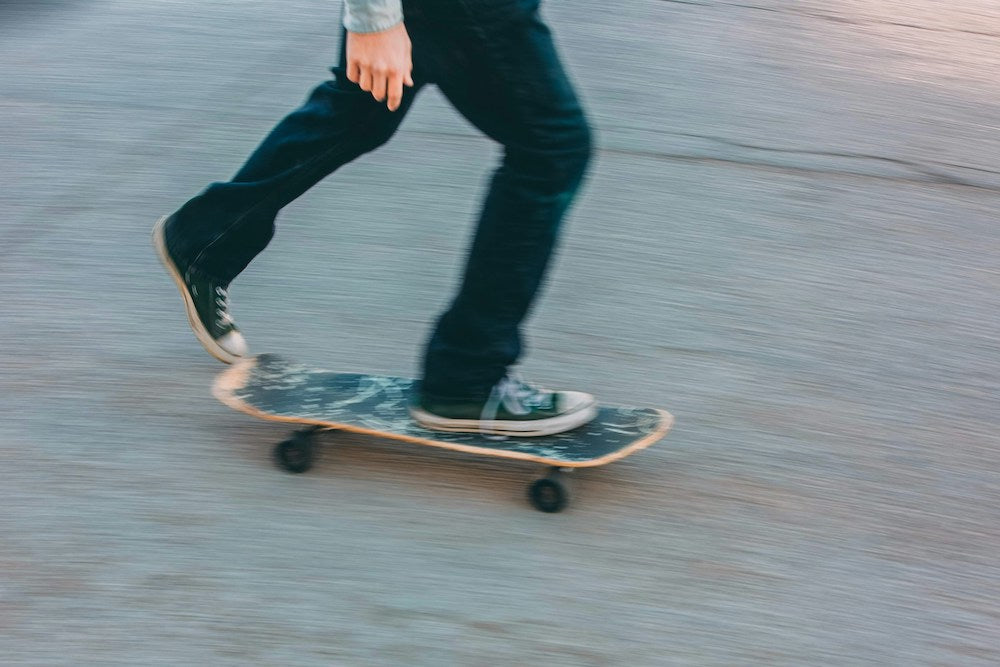
Mastering the fundamentals of standing correctly on your board is the first exciting step in your skateboarding journey. With practice and dedication, you will be able to develop a solid foundation that will allow you to advance and explore new tricks and skills in the world of skateboarding. Always remember to practice in safe areas and use appropriate protective equipment.
Top tricks for beginners
Once you've mastered your board stance and are comfortable with your balance, it's the perfect time to venture into the exciting world of skate tricks. Here we present a wide selection of basic tricks that will help you improve your skills and impress your friends:
- Ollie: This trick is the fundamental pillar of skateboarding and it is essential to master it before advancing to other more complicated tricks. To perform an ollie, you hit the tail of the board against the ground while sliding your front foot up and forward. This allows the board to rise into the air without using your hands. The key to mastering this trick lies in the timing and coordination between your movements.
- Kickflip: Once you feel confident with the ollie, it's time to try the kickflip. This trick involves spinning the board underneath you while you are in the air. Start by performing an ollie and while in the air, slide your front foot forward and kick the board so it spins in the air. Try to land with both feet on the board to successfully complete the trick.
- Manual: Manuals are balance tricks that involve keeping the board on two wheels for a period of time. Start by practicing lifting the board on two wheels and maintaining balance for as long as possible. With time and practice, you'll be able to try performing manuals on the go, which adds an extra level of difficulty and style to your tricks.
- Grind: Grinds are tricks where you slide your board along an object, such as a railing or concrete edge. To perform a successful grind, approach the object with speed, perform an ollie, and slide the board over the object using the trucks and trucks for balance. Practice different types of grinds, such as the 50-50 grind, boardslide grind, and noseslide grind, to diversify your trick repertoire.
- Pop Shove-It: This trick involves spinning the board beneath you while you're in the air, but instead of rotating around its longitudinal axis, the board rotates horizontally. To perform a pop shove-it, hit the tail of the board hard while sliding your back foot to the side, causing the board to rotate horizontally. Land with both feet on the board to complete the trick.
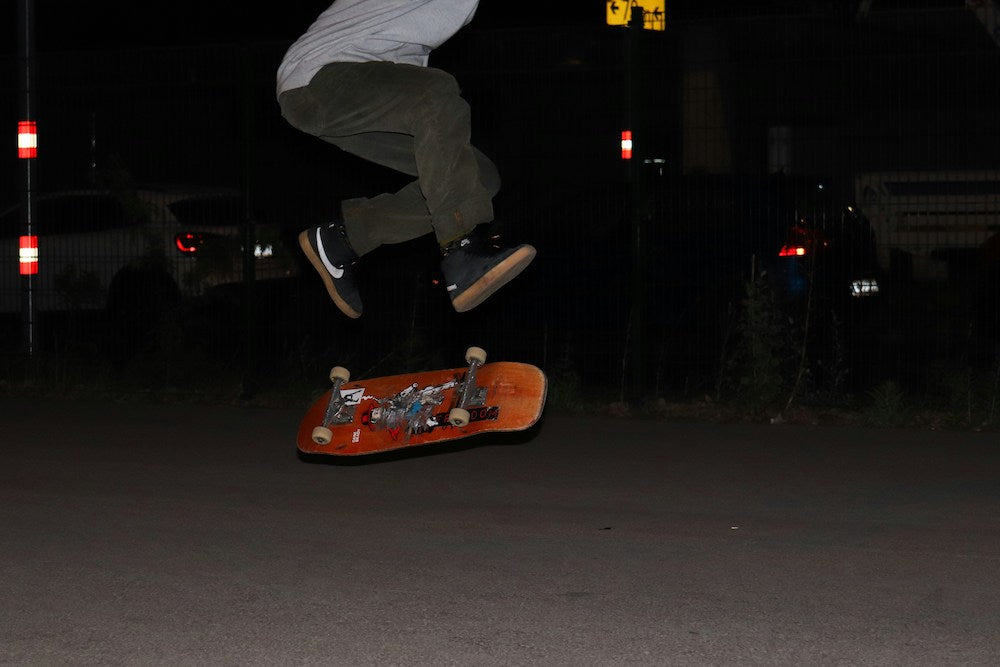
With these basic tricks in your arsenal, you'll be ready to take on new challenges and expand your skateboarding skill! Always remember to practice in safe areas and use appropriate protective equipment to minimize the risk of injury while exploring the world of skateboarding.
Start in the world of skateboarding and have fun until you master it
Once you've familiarized yourself with the basics of skateboarding, such as proper board position and basic tricks, you'll be ready to explore a world of endless possibilities on four wheels. Constant practice and determination will lead you to hone your skills and master new tricks over time. Skateboarding is more than a sport; It is a way of life that challenges you, inspires you and leads you to exceed your limits; and that brings with it a culture and society of good vibes and camaraderie. So go ahead, keep skating and enjoy the ride!
FREQUENTLY ASKED QUESTIONS ABOUT STARTING IN SKATEBOARD
What equipment do I need to start skating?
The essential thing is a skateboard, which consists of the board itself and a set of trucks and wheels. It is also essential to use protective equipment, such as a helmet, knee pads, and elbow pads, to avoid injuries.
How do I choose the right skateboard for me?
The choice of board depends on your skating style, your height and weight, and your personal preferences. It is advisable to consult a professional at a skate shop to get advice on the best board for you.
What are the first steps to learning to skate?
The first steps include learning to stand correctly on the board, pushing to gain speed, and practicing basic turning. It's important to start with the basics and gradually progress as you gain confidence and skills.
Where can I practice skateboarding?
You can skateboard in a variety of places, such as skate parks, skating rinks, quiet streets, or even your own backyard. It is important to respect the rules and safety regulations of the place where you decide to skate.
What is the most important aspect when starting out in skateboarding?
The most important aspect when starting out in skateboarding is to have fun and enjoy the learning process. Skateboarding is a challenging but rewarding sport, and the most important thing is to maintain a positive and persistent attitude while working on improving your skills.





